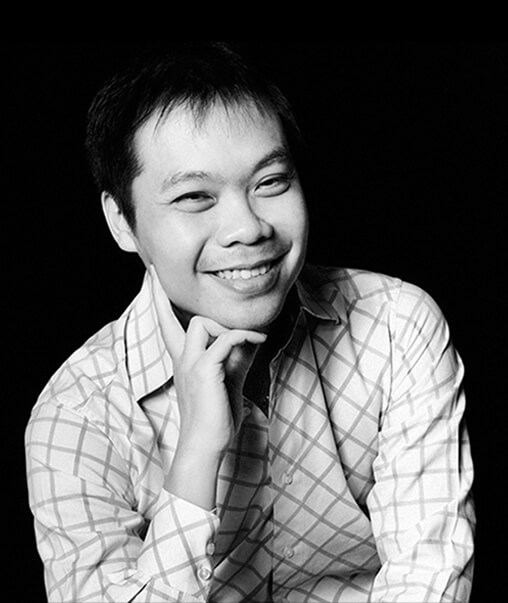RHINOPLASTY PROCEDURE
At our clinic, our rhinoplasty surgeon Dr Colin Tham practices a minimal-pain-smoother-recovery approach, to help patients achieve natural-looking results in style and comfort.
We offer two types of rhinoplasty – open and closed. Each has its pros and cons and Dr Tham will advise on the preferred surgery type based on each patient’s situation and the complexity of the surgery required.


In an open rhinoplasty, a small incision of around 5mm is made at the base of the columella, between the nostrils. This allows the rhinoplasty surgeon to lift the skin off for a clear visualisation of the nasal structure. With this access, Dr Tham can make better diagnosis and judgement during the procedure. This open approach is recommended if extensive sculpting and reconstruction of the nose are needed. Dr Tham is able to insert implants or cartilage into the desired location with precision and reshape the nose for the best results.
While open rhinoplasty will produce an external scar (at the columella), it is virtually imperceptible to the eye. An open surgery results in slightly more swelling and a longer downtime, with most patients returning to work within 10 days.
- Open rhinoplasty gives the plastic surgeon a clearer view and more access to the nose structure, making it suitable for more complex surgeries that require extensive reshaping and reconstruction
- Increased visibility of the nasal structure during the procedure also means better accuracy and results
- Applicable for full range of corrective and reconstructive nose surgeries
- Under the hands of an experienced plastic surgeon and with proper scar management, scars from an open rhinoplasty will be hidden and/or become inconspicuous with time
- Longer surgery duration
- More swelling and bruising, about 2 weeks
- Longer downtime of 10 days to 2 weeks

A closed rhinoplasty involves making tiny incisions inside the nostrils to augment the nose. As all incisions are hidden within the nostrils, it will not leave any external scars.
Combined with less swelling and a more rapid recovery, a closed approach is generally preferred for simpler procedures. Rhinoplasties which are less complex, such as tip or implant augmentation surgery, can be done via this method.
- No visible external scars
- Shorter surgery duration
- Reduced swelling and bruising, about 1 to 2 weeks
- Faster recovery of one week
- Limited visibility of nasal structures reduces accuracy and precision
- Cannot be used for extensive reconstructive surgeries or complex rhinoplasties
HOW CAN RHINOPLASTY BENEFIT ME?
A rhinoplasty can correct most nasal medical conditions or unsatisfactory cosmetic appearance. Be it an overly-large nose or breathing issues, a carefully-tailored rhinoplasty procedure is a relatively low-risk solution to these problems.
AM I A SUITABLE CANDIDATE FOR RHINOPLASTY?
HOW LONG DOES A RHINOPLASTY PROCEDURE TAKE?
IS RHINOPLASTY SURGERY PAINFUL?
WHAT TYPES OF IMPLANTS AND MATERIALS ARE USED IN RHINOPLASTY?
HOW LONG IS THE DOWNTIME FOR RHINOPLASTY?
ARE THERE ANY SIDE EFFECTS?
DOES DR THAM USE NOSE PACKING?
WHAT IS THE RHINOPLASTY AFTERCARE LIKE?
WHEN CAN I EXPECT THE FINAL OUTCOME OF MY RHINOPLASTY?


